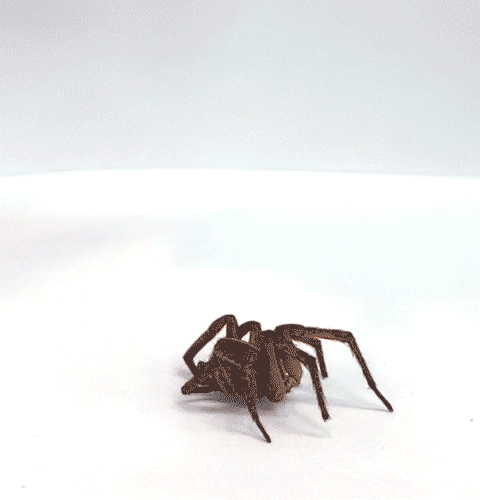Nature’s Blueprints: The Future of Robotics
March 21, 2023Nature has been testing, adapting, and refining its designs for millennia, making it a unique source of inspiration for technologists, scientists, and designers. This practice of using designs and processes found in nature as inspiration for human-made products and systems–known as biomimicry–involves studying natural organisms, their structures, functions, and behaviors, and using that knowledge to create more efficient, sustainable, and innovative technologies and designs.
Biomimicry has led to many new designs, such as the creation of Velcro, which was inspired by the way burrs stick to clothing, and the shape of airplane wings, which was inspired by the shape of bird wings. Recently, biomimicry has led to advances in the field of robotics that not only draw inspiration from biology but also incorporate biological elements within them.
Biohybrid Machines
Biohybrid machines integrate living cells or tissues into artificial devices, allowing for the creation of machines that can sense, respond, and adapt to changes in their environment. For example, scientists have integrated battery-free wireless optoelectronics with mouse muscle cells, and are using spiders’ corpses as mechanical claws that could lift objects many times their own weight.
By combining the advantages of living and synthetic components, biohybrid machines can offer unique capabilities that are not possible with either type of material alone. However, the development of biohybrid machines also raises ethical and safety concerns, particularly when it comes to the use of living cells and organisms in technology.
Octopus-Inspired Medicine Delivery
An octopus’ soft body allows it to change shape as a form of camouflage and is among the inspirations for the field of soft robotics, which mimics their design to create flexible and adaptable robots. Soft robots can move more easily through complex environments–like an octopus or worm–and can be designed to perform a range of tasks, such as gripping delicate objects or navigating tight spaces to carry medicine to different parts of the body.
Bee-Inspired Drones
Bees are the inspiration for a new type of tiny drone that can fly autonomously and communicate with each other to share information about their surroundings. These new devices are already a key technology in search and rescue efforts, and researchers are equipping them with 3D printers in hopes of building and repairing structures in hard to reach areas.
Gecko-Inspired Adhesives
Gecko feet are covered in tiny hairs that allow them to stick to almost any surface and even hang upside down. Scientists have developed adhesives that mimic this structure, which is helping to create robots that can climb walls and move on ceilings without leaving any residue behind, as well as improving the effectiveness of medical bandages, industrial tools, and rock climbing equipment.
Fish-Inspired Swimming
Some researchers have taken inspiration from swimming fish to design robots that move more efficiently through water. By mimicking the movements of fish tails and fins, these robots can move faster and use less energy than traditional propeller-driven designs. Scientists are using these robots to protect underwater ecosystems, support military operations, and clean up microplastics.
Biomimicry and bio-integrated technologies provide a promising approach to advance robotics, and vice versa. They can inspire unique solutions to challenging problems and are often a more efficient use of resources, reduce waste, and lower environmental impact. By looking to nature for solutions, we can create technologies and designs that are better adapted to our needs and the needs of the planet.
If you want to create the next generation of nature-inspired robots, check out Capitol Tech’s programs in Mechatronics Engineering and Mechatronics and Robotics Engineering Technology. Contact admissions@captechu.edu to learn more.



